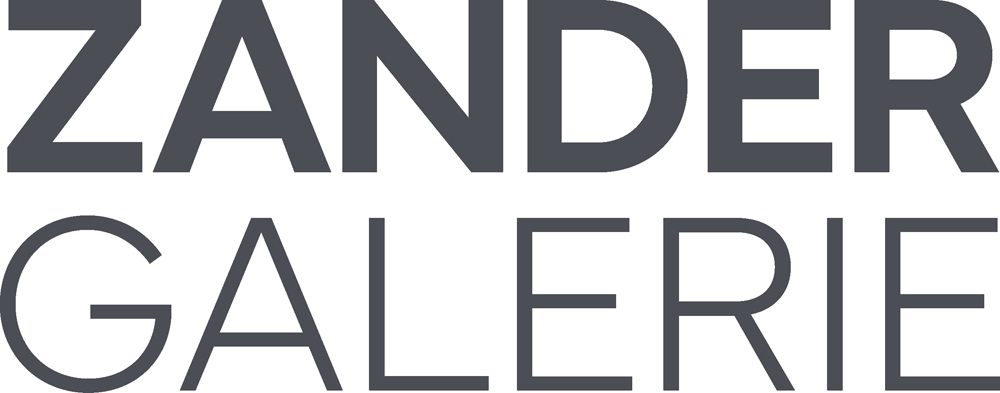JOE GOODE I ED RUSCHA Yesterday's Treasures
Opening: Saturday, 23 November 2019, 4 p.m.
Introduction: Dr. Stefan Gronert, Sprengel Museum, Hanover
Galerie Thomas Zander is especially proud to present Joe Goode and Ed Ruscha in their first two-artist exhibition in Europe. The exhibition is part of the gallery’s current series of artistic dialogues. It features works from six decades including photographs and photo-based works, paintings, works on paper and artist’s books. With their different and unconventional approaches to these media, both artists are seminal figures in the development of the Californian art scene. Before the beginning of their artistic careers Goode and Ruscha attended the same high school in Oklahoma City and went on to study at Chouinard Art Institute in Los Angeles, where both live today. Along with Andy Warhol and Roy Lichtenstein, their work was included in the 1962 groundbreaking exhibit New Painting of Common Objects at the Pasadena Art Museum. The group show is considered the first museum Pop Art exhibition in the United States. It was curated by Walter Hopps, co-founder of the Ferus Gallery, where the Cool School originated around Goode and Ruscha. In reaction to abstract expressionism, the group of young artists turned to the visual experience of their environment: light and haze, transparent, reflecting surfaces, synthetic materials and mundane objects, commercial culture.
Joe Goode (*1937 Oklahoma City) is associated with the Light and Space movement and innovatively explores the experience of seeing in his works. Breaking the convention of the two-dimensional image space, they question the authenticity of experience between representation and abstraction. In his early Milk Bottle Paintings Goode places literal milk bottles in front of his colour field paintings und embellishes the canvas with painted shadows. The viewer is made aware of the materiality of the artwork and the atmospheric pathos is dispelled. The milk bottle has become an icon in his oeuvre and reappears even in his most recent works, for example a large-scale triptych in primary colours from 2018. Goode continues his multi-layered exploration in his powerful group of cloud images. In three series it systematically probes the idea of transparency or seeing through something. The early triptych Photo Clouds (1967-69) offers viewers a look at the sky as if they were looking through a window. However, two small painted photographs of clouds are also drifting across the main image. The Torn Clouds (1970-76) combine sections of painted canvas that are torn away to reveal a second sky below. The Vandalized Clouds (1971-75) radically reveal the plain support and foreground elements of destruction that are recurrent in his work. While Goode’s paintings investigate transparency and visual planes – terms supposedly linked to photography – his most recent photo-based works completely reverse these conventions. In the two series Burn Out and Jose’s Travels Goode combines two black and white photographs, creating fragmented double perspectives. In Shattered Milk Bottle and Travelogue a colourless, milky acrylic gel is applied to the surface of the photographic prints, superimposing translucid or opaque layers onto the photographs. As in Goode’s canvasses, the objecthood of the photographs is once again analytically exposed and can be experienced by the viewer.
Ed Ruscha (*1937 Omaha, Nebraska) is considered one of the most idiosyncratic yet influential contemporary artists. Defying the labels of both Pop and Conceptual Art, writer J.G. Ballard once simply called Ruscha’s style “the coolest gaze in American art.“ Ruscha’s work was shaped by the West Coast life and environment of the 1950s and ’60s: the phenomena of mass culture, the myths of Hollywood and the open road. Inspired by the photographs of Walker Evans and Robert Frank he began his own photographic travelogue by taking snapshots of gas stations on his trips between Oklahoma and Los Angeles. Ruscha self-published the first of his laconic artist’s books Twentysix Gasoline Stations in 1962. An extended set of fifty photographs will be presented in the exhibition for the first time. In his subsequent photographic series Ruscha elevates mundane images of rooftops, apartment houses, parking lots and the Sunset Strip in Los Angeles to the status of subject matter and captures them in an almost incidental manner. Exhibited as photographic prints and artist’s books, the topographic images have influenced conceptual photography until today. In contrast to Goode, Ruscha values the austere facticity of photographs and does not produce mixed media works, as many of his contemporaries do. In 1969 Ruscha starts to experiment with unorthodox materials for his prints like juice, blood or gunpowder. The portfolio Stains is a result of this experiment, representing an inventory of stains from various sources. His innovative visual use of words and letters creates a tension with the painterly backgrounds of the images, reflecting the ubiquitous signs and advertisements as a fact in the landscape. In the 1980s Ruscha paints pictures of city lights with text and works in black and white and sepia tones with blurred images reminiscent of classic Hollywood cinema. Black or white censor strips in these works on view seem to mark the absence of writing as in redacted documents. The monochrome minimalist close-up images of clock faces of the 1990s again pursue his fondness of typography. Ruscha, too, continues his investigation of the Californian landscape and culture across media and in thematic variations. The eponymous lithograph Yesterday’s Treasures (1989) distinctively blends Goode’s abstract cloudscapes in milky white and deep blue with Ruscha’s ironic yet nostalgic commentary. This exquisitely pointed collaboration holds the tensions of the manifold references and heterogeneous areas of experience, the art of Joe Goode and Ed Ruscha lives in.
The exhibition is on view at the gallery and the adjoining Forum für Fotografie. The exhibition catalogue has been published by Verlag der Buchhandlung Walther König, Cologne.
